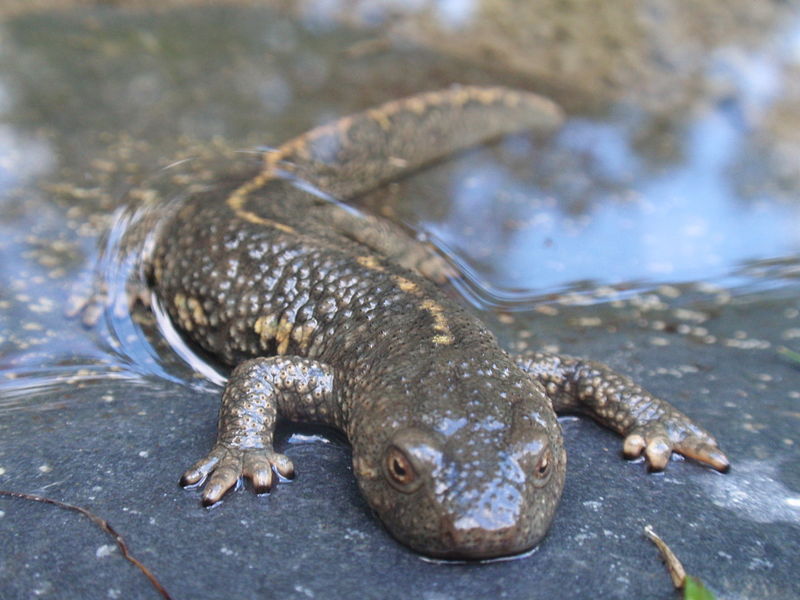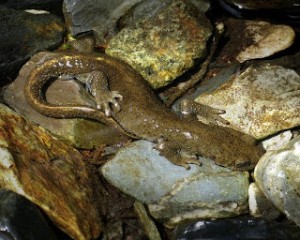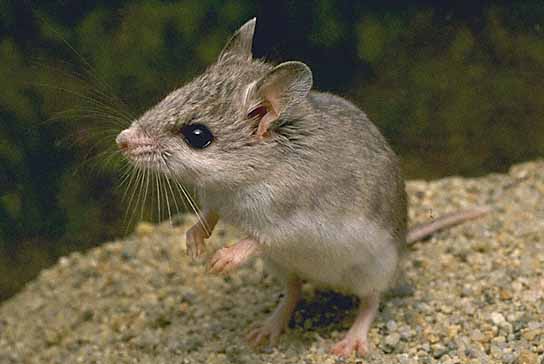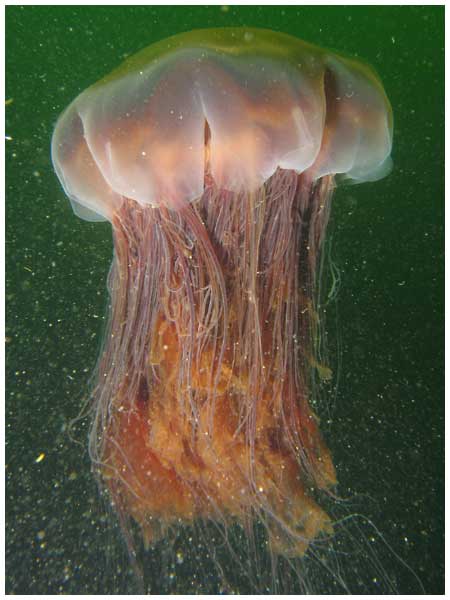
Did You Know?
- The Pyrenean Brook Salamander is also referred to as the Pyrenean Newt
- Shockingly this salamander can only be found residing in the the Pyrenean Mountains (the “shockingly” part was sarcasm :))
- This Brook Salamander will spend the majority of their time submerged in cold, clear, mountain creeks
- Believe it or not this particular newt can live up to 20 years in the wild, which is impressive for a small reptile such as this
What Makes the Pyrenean Brook Salamander Special?
I think the most fascinating aspect of this newt is the distribution range. It isn’t very often that you identify an animal that can only be found throughout one of the more popular mountain ranges. This unique habitat controls everything in the Pyrenean Brook Salamander’s life. For instance, the length of their larval stage (the “baby” stage – think tadpole) is determined by the altitude that this individual newt is currently living at. In the lower altitudes, the larval stage will generally last for about 14 months but as you move up the mountain it may take this newt up to 2 years before they transform into their everyday adult form. I am not a 100% sure why this occurs but my guess has to do with the harsher temperatures and fewer resources. As such our little newt friend will need to mature a little more before venturing out into the big, frightening world.

How To Identify a Pyrenean Newt
The easiest way would be to look around you. If you are high up in the Pyrenean Mountains then there is a pretty good chance that you are looking at today’s featured animal. A few other things to look for include an olive green coloration, warts and a square, flattened head. They also have a flattened body to go along with their head. Both of these characteristics provides this salamander with the ability to hide under rocks along the shoreline. Why do they need to hide under rocks? Most likely for protection from predators and perhaps because they are bored and need something to do at the top of a mountain range.






